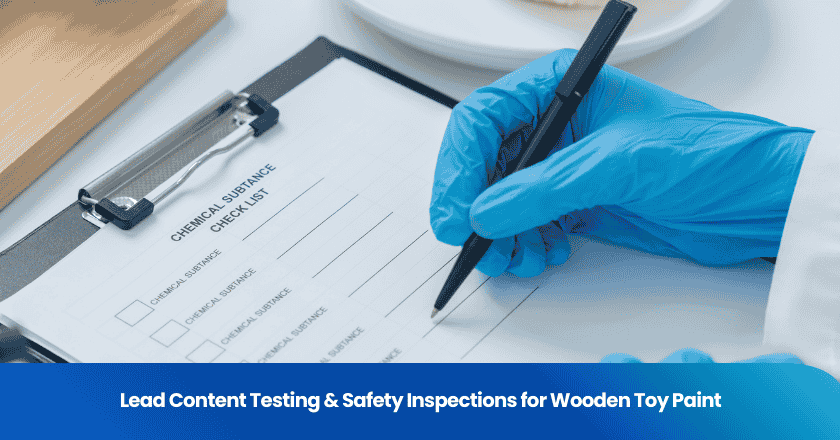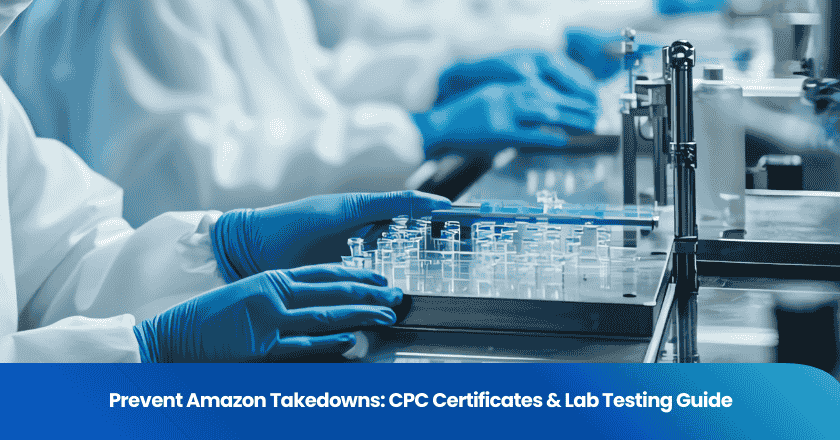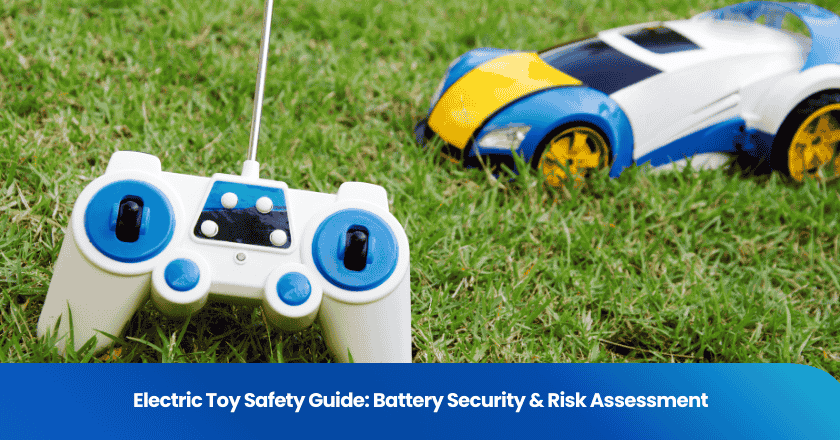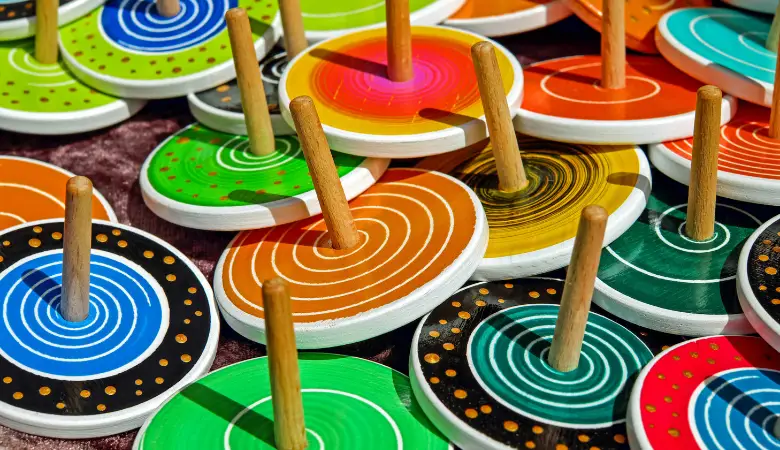
Imagine a parent discovering a safety issue with toys they bought from a local market. You want to prevent this when importing toys from China. The market for importing toys from China continues to grow. You face strict safety standards and asia toy quality control requirements. Importing toys from China means you must understand every rule before importing. The market expects you to deliver safe toys. Importers who ignore safety risk losing access to the market. You protect your business and the market by focusing on safety when importing toys from China. Every step in importing toys from China shapes your success in the market.
Key Takeaways
• Understand and follow all toy safety standards and certifications required for your target market before importing from China.
• Choose reliable suppliers by checking their certifications, visiting factories, and using clear quality agreements to ensure consistent product quality.
• Use detailed quality control checklists and conduct regular inspections during production to catch defects early and maintain safety.
• Keep all testing reports, certificates, and documentation organized and up to date to avoid shipment delays and compliance issues.
• Maintain ongoing communication with suppliers and train your team regularly to stay updated on regulations and improve your quality assurance process.
Toy Safety Standards
CPSIA, EN71, ASTM Overview
You must understand the main standards before importing toys from china. The CPSIA sets strict requirements for toys in the US market. You need cpsia compliance for all toys entering the US. EN71 covers safety for toys in the European market. ASTM standards guide you on physical and mechanical testing standards for toys. These standards focus on safety, chemical limits, and labeling. You must follow these regulations to avoid market bans and penalties. Safety testing ensures your toys meet all safety regulations and protect children.
Regional Certifications (CCC, CE, BIS, G Mark)
When importing toys from china, you face different certification requirements for each market. The CCC mark is mandatory for toys in china. The CE mark is required for the European market. BIS certification applies to the Indian market. The G Mark is necessary for the Gulf market. Each certification has unique testing standards and documentation. You must check the certification requirements for your target market before importing. Certification proves your toys meet local safety standards and regulations.
Tip: Always verify the latest certification requirements for each market before importing toys from china.
Compliance Steps for Importers
You must follow clear steps to ensure compliance when importing toys from china. Start by reviewing all regulations and standards for your market. Arrange safety testing and certification for your toys. Keep detailed records of all testing standards and certification documents. Submit the required paperwork to authorities before importing. Regularly update your knowledge of regulations and certification requirements. Non-compliance can lead to rejected shipments, fines, or loss of market access. You protect your business and the market by prioritizing compliance at every stage of importing.
Asia Toy Quality Control Essentials
Supplier Selection
You must approach supplier selection with care when importing toys from china. Sourcing the right partner sets the foundation for asia toy quality control. You should start by researching potential suppliers in china. Check their business licenses and certifications. Request references from other importers who have experience sourcing toys. Visit trade shows in china to meet suppliers face-to-face. This step helps you verify their capabilities and commitment to quality.
You need to evaluate the supplier’s track record in exporting toys. Ask for samples and review their previous shipments. Reliable suppliers in china will provide clear documentation and respond quickly to your questions. You should also check if the supplier has experience with the specific safety standards required for importing toys from china. Sourcing from a supplier with a strong compliance history reduces your risk.
Tip: Always use a written agreement that outlines your quality expectations and asia toy quality control requirements before placing an order.
Factory Audits
Factory audits play a critical role in asia toy quality control. You should conduct audits before you start importing toys from china. Audits allow you to assess the factory’s production processes, quality control systems, and working conditions. You can hire a third-party quality inspection team in china to perform these audits. They will check if the factory follows proper procedures for sourcing raw materials and managing production.
During the audit, you should review the factory’s quality control records and inspect their equipment. Look for evidence of regular quality inspection and maintenance. You need to confirm that the factory can meet your order volume and deliver consistent quality. Audits also help you identify any risks in the supply chain before you commit to importing.
Note: Schedule regular audits, not just one-time checks, to maintain high quality standards when sourcing toys from china.
QC Checklist Use
A detailed QC checklist is essential for asia toy quality control. You should create a checklist that covers every aspect of toy quality, from raw material sourcing to packaging. The checklist must include safety standards, labeling, and physical requirements for toys. Share this checklist with your supplier in china before production begins.
You need to use the checklist during every quality inspection. Inspectors in china will follow the checklist to verify that each batch of toys meets your requirements. This process helps you catch defects early and avoid costly mistakes when importing toys from china. You should update your checklist regularly to reflect changes in regulations or product design.
• Key items to include in your QC checklist:
◦ Material safety and sourcing documentation
◦ Product dimensions and appearance
◦ Mechanical and physical testing results
◦ Packaging and labeling accuracy
◦ Compliance with importing toys from china regulations
Callout: Clear communication and a thorough QC checklist help you maintain control over quality and reduce risks in sourcing toys from china.
Quality Control Procedures
Raw Material Testing
You start your quality control process by focusing on raw material testing. This step ensures that every component used in your toys meets strict safety and quality standards. You need to verify that all materials are free from harmful chemicals and comply with regulations for importing toys. You should request certificates of analysis from your suppliers and conduct independent laboratory testing for substances like lead, phthalates, and heavy metals.
A typical raw material testing process includes:
• Sampling materials before production begins
• Sending samples to accredited laboratories for analysis
• Reviewing test results for compliance with safety standards
Tip: Always keep detailed records of your raw material testing. These documents help you prove compliance during any quality inspection or regulatory review.
In-Process Inspections
You cannot rely only on final product checks.In-process inspections play a vital role in maintaining quality throughout production. You should schedule regular inspection visits to the factory during key stages of toy manufacturing. These inspections allow you to catch defects early and prevent costly mistakes.
During in-process inspections, you focus on:
• Monitoring assembly lines for consistent quality
• Checking that workers follow approved procedures
• Verifying that machines and tools function correctly
• Ensuring that partially finished toys meet your specifications
You use a quality control checklist to guide each inspection. This approach helps you maintain control over the production process and reduces the risk of non-compliant toys reaching the market.
Finished Product Testing
Once production ends, you must conduct finished product testing. This step confirms that your toys meet all safety and quality requirements before shipment. You select random samples from each batch and send them for laboratory testing. The tests cover mechanical strength, flammability, small parts, and chemical content.
A finished product testing checklist may include:
| Test Type | Purpose | Frequency |
|---|---|---|
| Mechanical Testing | Checks durability and strength | Every batch |
| Chemical Analysis | Detects hazardous substances | Every batch |
| Flammability Test | Ensures fire safety | Every batch |
| Small Parts Check | Prevents choking hazards | Every batch |
You must review all test reports before approving shipment. If any toy fails testing, you need to investigate the cause and take corrective action.
Note: Finished product testing is your last line of defense against unsafe or poor-quality toys entering the market.
Documentation Review
You complete your quality control procedures with a thorough documentation review. This step ensures that every inspection, testing, and quality control measure has proper records. You need to organize all certificates, test reports, and inspection checklists in a secure and accessible format.
Key documents to review include:
• Raw material certificates
• In-process inspection reports
• Finished product testing results
• Quality inspection checklists
• Shipping and compliance documents
You should double-check that all paperwork matches the requirements for your target market. Missing or incorrect documents can delay customs clearance or lead to rejected shipments.
Callout: Accurate documentation supports your compliance efforts and demonstrates your commitment to quality and safety in every shipment of toys.
Testing and Third-Party Inspections
Pre-shipment Inspections
You need to schedule a pre-shipment inspection before importing toys from china. This inspection checks the quality and safety of toys before they leave the factory. You can hire a third-party inspection team in china to review your shipment. The team uses your standards and certification requirements as a checklist. They look for defects, missing parts, and packaging errors. You must confirm that the toys match your order and meet all certification requirements. Pre-shipment inspection helps you avoid costly returns and rejected shipments when importing toys from china.
Tip: Always request a detailed inspection report from your team in china. This report supports your certification and safety testing records.
Laboratory Testing
You must arrange laboratory testing for toys when importing toys from china. Accredited labs in china test your toys for chemical, mechanical, and physical hazards. You need to ensure that the testing covers all standards and certification requirements for your target market. Laboratory testing checks for lead, phthalates, and other restricted substances. It also verifies that toys meet mechanical safety standards. You should keep all testing reports as part of your certification documents. These reports prove that your toys passed safety testing and meet the certification requirements for importing toys from china.
A typical laboratory testing process includes:
• Submitting toy samples to a certified lab in china
• Requesting tests for all required standards and certification requirements
• Reviewing the results before shipment
Children's Product Certificate
You must prepare a Children's Product Certificate when importing toys from china. This certificate proves that your toys meet all safety and certification requirements. You need to include details about the manufacturer in china, the importer, and the testing results. The certificate lists the standards and certification requirements your toys meet. You must keep this document with your shipment records. Customs officials may request the certificate during the import process. A complete Children's Product Certificate helps you clear customs and shows your commitment to safety and compliance when importing toys from china.
Callout: Always double-check your Children's Product Certificate for accuracy. Missing or incorrect information can delay your shipment and affect your certification status.
Common Pitfalls in Toys Compliance
Documentation Errors
You often face documentation errors when importing toys from china. Missing or incomplete paperwork can delay shipments and cause compliance failures. You must keep all testing reports, certification records, and inspection checklists organized. Many importers forget to update documents after changes in regulations or standards. You should review every certificate and ensure it matches the latest requirements for your target market. Customs officials in china and other regions may reject your toys if you submit incorrect or outdated certification. Always double-check your paperwork before shipping.
Tip: Create a checklist for all required documents. This helps you track certification, testing, and compliance records for every shipment.
Chemical and Physical Hazards
You need to pay close attention to chemical and physical hazards in toys from china. Unsafe levels of lead, phthalates, or other restricted substances can result in failed testing and rejected certification. You must follow strict standards for chemical content and mechanical safety. Regular laboratory testing in china helps you detect hazards early. Physical hazards, such as sharp edges or small parts, also pose risks. You should inspect toys during production and after completion to ensure they meet all safety regulations. Ignoring these hazards can lead to serious compliance violations and market bans.
• Common hazards to monitor:
◦ Excessive lead or heavy metals
◦ Unsafe plasticizers
◦ Small detachable parts
◦ Sharp points or edges
Labeling and Warnings
You must ensure that all toys from china have correct labeling and warnings. Inaccurate or missing labels can cause compliance issues and prevent certification. Each market has specific regulations for labeling, including language, age grading, and safety warnings. You should verify that every label matches the standards and certification requirements for your destination. Testing teams in china often check packaging for proper warnings and instructions. Clear labeling supports your compliance efforts and protects consumers.
Callout: Proper labeling and warnings help you avoid costly recalls and demonstrate your commitment to safety and compliance.
Best Practices for Quality Assurance
Ongoing Supplier Management
You need to manage your suppliers in china with care when importing toys from china. Regular communication helps you build strong relationships and maintain high quality. You should visit factories in china or use local agents to monitor production. Frequent updates from your suppliers in china keep you informed about any changes in sourcing or production. You must review supplier performance after every shipment. If you find issues with quality or compliance, address them quickly. Reliable suppliers in china help you meet market expectations and reduce risks when importing toys from china.
Tip: Set clear performance metrics for your suppliers in china. This approach helps you track quality and sourcing consistency for every order.
Training and Updates
You must train your team on the latest regulations for importing toys from china. Regular training ensures everyone understands quality standards and safety requirements. You should provide updates when the market changes or when new rules affect importing. Training sessions help your staff spot problems early in the sourcing process. You can also share updates with your suppliers in china to keep them informed. Well-trained teams improve quality and reduce mistakes when importing toys from china.
• Key training topics:
◦ New market regulations
◦ Quality inspection procedures
◦ Sourcing best practices in china
◦ Safety standards for toys
Continuous Improvement
You should always look for ways to improve your quality assurance process when importing toys from china. Collect feedback from customers and suppliers in china. Use this information to adjust your sourcing and quality checks. Review your inspection results after each shipment. Identify trends in defects or delays. You can set up regular meetings with your team to discuss improvements in sourcing and importing. Continuous improvement helps you stay ahead in the market and deliver safe toys from china.
Callout: A strong focus on continuous improvement keeps your sourcing and importing process competitive in the global market.
You protect your business and the market by prioritizing safety, compliance, and certification at every stage of importing toys from china. You must review regulations, manage documentation, and verify certification for each shipment. Ongoing audits and inspections in china help you maintain compliance and meet market expectations. Stay alert to changes in the market and certification requirements. If you need support with importing toys from china, consult experts and keep your sourcing and compliance knowledge current. Take action now to secure your place in the market.
Stay proactive—your commitment to safety and compliance shapes your success when importing toys from china.
FAQ
What are the most important toy safety standards for the market?
You must follow standards like CPSIA, EN71, and ASTM. These rules protect children and help you enter the market. Each market has its own requirements. Always check the latest updates before importing toys from china.
How do you choose a reliable supplier in china for the market?
You should research suppliers in china, check their certifications, and review their export history. Visit trade shows in china to meet suppliers. Reliable partners help you meet market expectations and avoid compliance issues.
Why is pre-shipment inspection in china important for the market?
Pre-shipment inspection in china helps you catch defects before toys reach the market. You confirm that products meet safety standards and market requirements. This step reduces the risk of costly returns and protects your reputation in the market.
What documents do you need for importing toys from china to the market?
You need test reports, certification records, and inspection checklists. The market requires a Children’s Product Certificate for customs clearance. Keep all documents organized and updated to avoid delays when importing from china.
How often should you update your compliance knowledge for the market in china?
You should review regulations for the market in china every quarter. The market changes quickly. Staying updated helps you avoid compliance risks and ensures your toys meet all market standards in china.
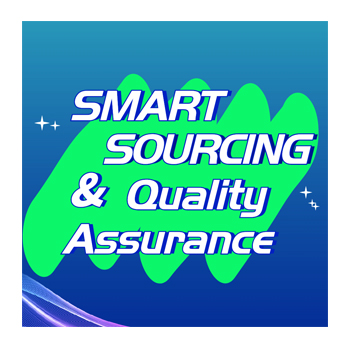
Smart Sourcing & Quality Assurance Content Team
Article by Smart Sourcing & Quality Assurance Content Team
The Smart Sourcing & Quality Assurance Content Team is dedicated to delivering high-quality, easy-to-understand information that empowers our audience to navigate the complexities of global sourcing and quality assurance. Our team of writers has extensive experience in creating content across various fields, including procurement, supply chain management, quality assurance, market trends, and industry best practices. We specialize in sectors such as apparel, textiles, and consumer goods, providing targeted insights to help businesses in these industries optimize their sourcing strategies, ensure product quality, and maintain a competitive edge in the market.
Grow your business with TradeAider Service
Click the button below to directly enter the TradeAider Service System. The simple steps from booking and payment to receiving reports are easy to operate.

